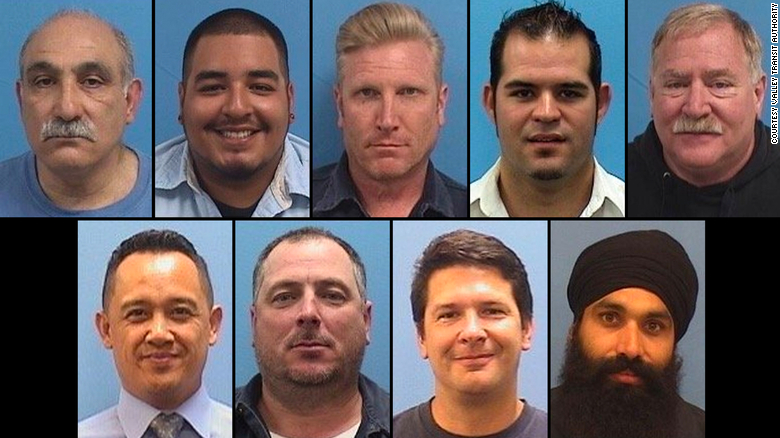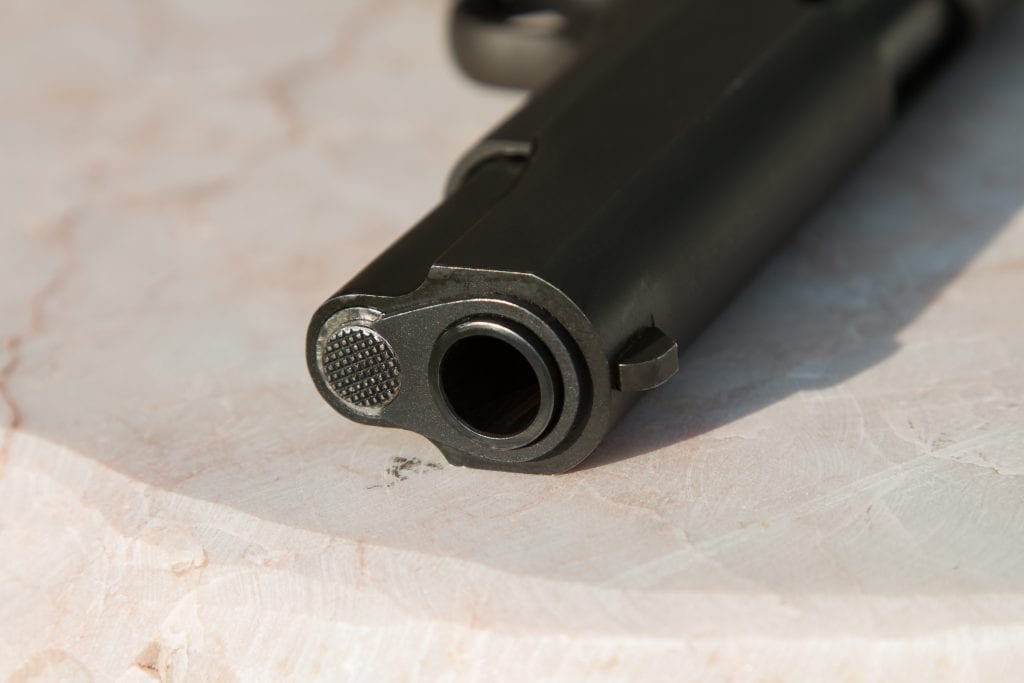Workplace Violence Threats: Prevention, Detection, and Response Strategies

Workplace violence is a growing concern for organizations worldwide, encompassing a range of harmful behaviors, from physical assaults and verbal threats to digital harassment and intimidation. According to the Occupational Safety and Health Administration (OSHA), nearly two million workers report being victims of workplace violence annually in the United States alone. The Bureau of Labor […]
How Companies Can Protect Intellectual Property from Insider Threats

Employee intellectual property (IP) theft has grown to be a major issue in a society going more and more technologically advanced. The dangers to private data have increased as more businesses choose digital collaboration and remote work. Employee misbehavior involving sensitive firm data—that is, insider threats—may cause significant financial and reputation harm. This article looks […]
DOJ’s New Corporate Whistleblower Program – What You Need to Know

The U.S. Department of Justice (DOJ) started a new corporate whistleblower test program on August 1, 2024. The goal of the program is to make businesses more open and responsible. This program is meant to get people to report wrongdoing at work by giving them money if they do. People who give information can then […]
Understanding the Psychology of Workplace Violence

Found yourself in a confrontation with a colleague in the workplace? How well did this incident settle with you, and what strategies did both parties use to solve the problem? These are the kinds of questions that immediately come to mind whenever workplace violence is mentioned. How best to approach such type of squabble in […]
Proactive Strategies for Preventing Workplace Violence

Violence and Threat Assessments: Dos and Don’ts in the Workplace to Prevent Further Damage

If yours is one of the countless businesses across the United States who wasn’t prepared to deal with workplace violence and got caught out, you’re sadly—but certainly—not alone. Statistics reveal that as many as 90% of organizations do not comply with federal OSHA reporting regulations and record-keeping in this area. Meanwhile, 55% of American employees […]
Possible motive for San Jose mass shooting revealed

The nation was rocked once again by the news of yet another mass shooting in San Jose, California. The San Jose shooting is now being described by law enforcement officials as the actions of a disgruntled employee in an act of violence perpetrated against his coworkers. Samuel Cassidy, 57, entered his worksite, a rail facility […]
Corporate Culture in the Moloson Coors shooting
Just after lunch last Wednesday, violence erupted in Milwaukee, WI at the famous Molson Coors factory, when an employee walked in with a loaded firearm and began shooting, leaving 5 victims and the shooter deceased. The violence is another in a string of shootings in the workplace that has corporate leadership wondering what their role […]
Active Shooter Training in the Workplace
